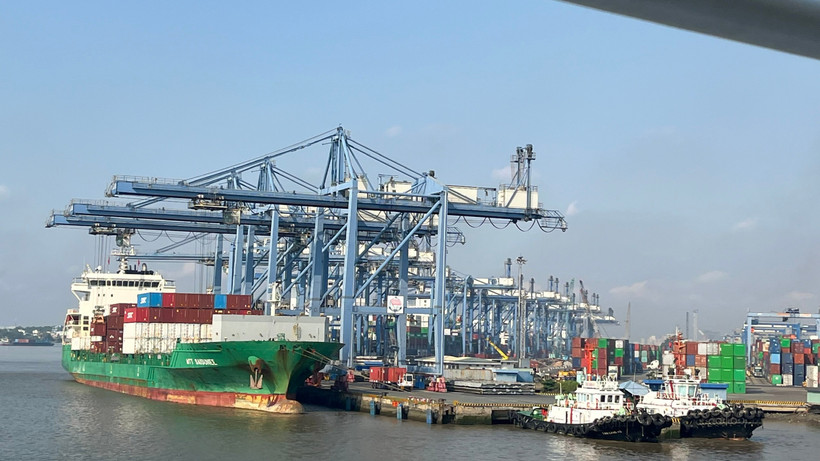HCMC – Vietnam’s export and import activities maintained strong growth momentum in the first 10 months of this year, helping sustain a solid trade surplus amid global economic uncertainties, according to the National Statistics Office of Vietnam (NSO).
Data released on November 6 showed that the country’s total import-export value in January–October reached over US$762 billion, up 17.4% year-on-year. Exports amounted to US$391 billion, up 16.2% against the same period last year, while imports totaled US$371.44 billion, up 18.6%, resulting in a trade surplus of US$19.56 billion.
In October alone, total trade reached US$81 billion, down 1.2% versus September but up 17.2% year-on-year. Export revenue was estimated at US$42 billion, a slight 1.5% month-on-month fall but still 17.5% higher than a year earlier. The foreign-invested sector, including crude oil, posted US$33.45 billion in exports, down 1.7% from September but up 31.8% year-on-year, while domestic enterprises recorded US$8.6 billion, down 0.7%.
Imports in October stood at US$39.4 billion, down 1% from the previous month, but 16.8% higher than last year’s same period. Domestic firms imported nearly US$11.4 billion, up 4.2%, while foreign-invested enterprises imported US$28 billion, down 2.9%.
For the ten-month period, the domestic sector exported more than US$94 billion, accounting for 24.1% of total exports, while the foreign-invested sector contributed over US$296.8 billion, up 22.5% and making up 75.9% of the total.
Vietnam recorded 36 export items with a value exceeding US$1 billion, representing 94.1% of total export turnover, including seven commodities surpassing the US$10-billion mark. Processed and manufactured goods continued to dominate with US$346.7 billion, or 88.7% of total exports, followed by agricultural and forestry products with US$32.6 billion (8.3%), seafood with US$9.3 billion (2.4%), and fuel and minerals with US$2.3 billion (0.6%).
On the import side, 47 commodities surpassed the US$1-billion mark, accounting for 93.9% of total import value. Production materials continued to dominate with US$348 billion, or 93.8%, including machinery, equipment, tools, and spare parts (52.6%) and raw materials (41.2%). Consumer goods imports reached US$23.2 billion, or 6.2% of the total.
The U.S. remained Vietnam’s largest export market with US$126.2 billion in turnover, while China was the biggest import source for Vietnam, at US$150.9 billion.
Vietnam enjoyed a trade surplus of US$111 billion with the U.S. (up 28.2%), US$32.2 billion with the EU (up 11.2%), and US$1.6 billion with Japan (down 29.8%). The country ran trade deficits of US$93.9 billion with China (up 38.6%), US$25.6 billion with South Korea (up 1.6%), and US$11.6 billion with ASEAN (up 55.9%).









